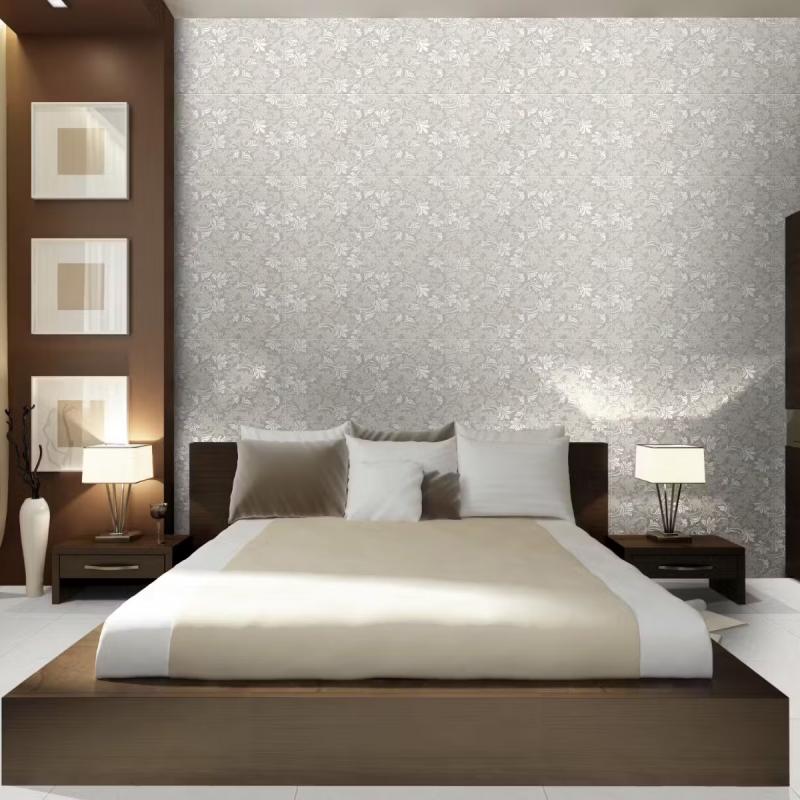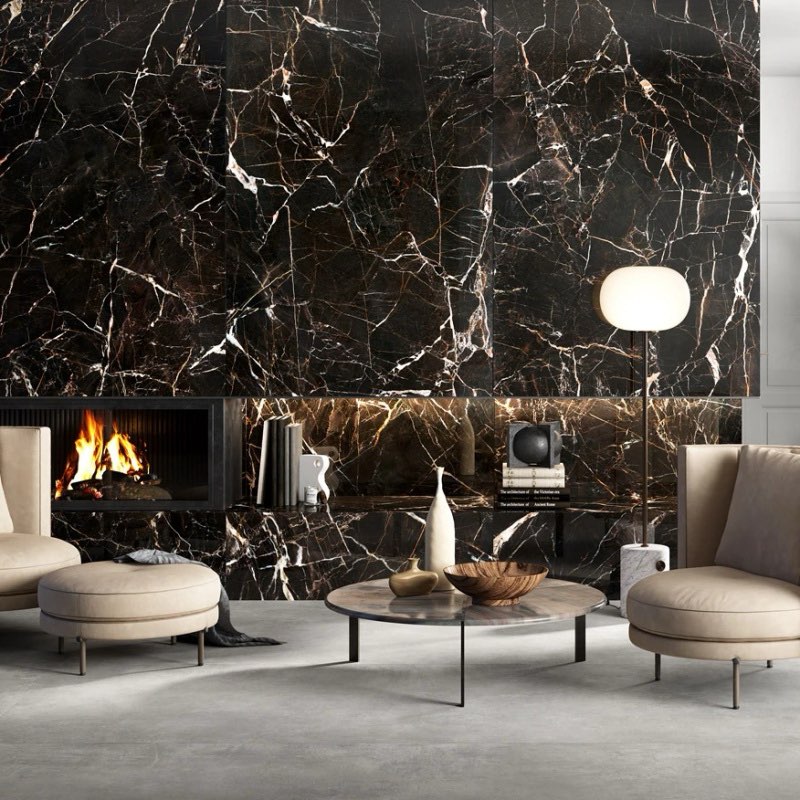When selecting wall tiles for residential or commercial interiors, choosing between light-color wall tiles and dark-color wall tiles plays an essential role in defining the mood, brightness, and visual balance of a space. Both options can be used with porcelain wall tile and ceramic wall tile materials, but the best choice depends on room size, natural lighting, and the desired design atmosphere. Below is a detailed guide to help buyers determine where each style performs best, based on modern design trends and high-traffic tile applications.
1. Application Environments for Light-Color Wall Tiles
Light-color wall tiles—such as white, beige, cream, and soft grey—are widely used in modern interior design because they make spaces appear larger, brighter, and more open. They are particularly popular in bathroom wall tiles, kitchen wall tiles, and living room decoration projects.
Best Environments
(1) Small or Narrow Rooms
Light-tone tiles help visually enlarge compact spaces.
Using glossy wall tile in small bathrooms allows light to reflect efficiently, improving overall brightness.
(2) Rooms with Limited Natural Lighting
In corridors, basements, or window-less kitchens, light wall tiles maximize available light and reduce the feeling of confinement.
(3) Clean and Minimalist Interiors
Light-color tiles are a top choice for Scandinavian, minimalist, and modern design styles.
Large surfaces finished with large format tile further enhance the seamless, clean aesthetic.
(4) Areas Requiring Hygienic or Fresh Impressions
In restaurants, clinics, or residential kitchens, white or cream ceramic wall tile conveys cleanliness and freshness.
These tiles also pair well with stainless steel fixtures and bright cabinetry.

2. Application Environments for Dark-Color Wall Tiles
Dark-color wall tiles—charcoal, black, deep brown, navy, and dark stone looks—are used to build a dramatic and luxurious atmosphere. Designers often select them for modern interior design tiles, accent walls, and statement backgrounds.
Best Environments
(1) Large or Open Spaces
Dark walls work best in large bathrooms, spacious living rooms, and open commercial lobbies.
They provide depth and bring a sense of stability.
(2) Rooms With Strong Lighting
Dark tiles absorb light rather than reflect it.
In spaces with abundant natural light or strong LED lighting, matte wall tile or textured surfaces prevent glare and create balance.
(3) Luxury, Industrial, or Hotel-Style Designs
Dark tones help create premium visual effects, commonly seen in hotel bathrooms, upscale restaurants, and boutique retail stores.
Using dark porcelain wall tile with metallic elements enhances the high-end look.
(4) Feature Walls and Contrasting Designs
Dark tiles are excellent for accent walls behind TVs, mirrors, or shelves.
They can be paired with light flooring or bright furniture to create sharp contrast and highlight architectural details.

3. How to Combine Light and Dark Wall Tiles
Many interior designers prefer mixing both styles to achieve a harmonious and modern aesthetic.
-
Light walls + dark feature wall: Ideal for bathrooms and living rooms.
-
Dark lower walls + light upper walls: Provides visual stability while keeping the room bright.
-
Light glossy + dark matte combinations: Adds modern contrast and surface diversity.
Using complementary tones ensures the room stays visually balanced and avoids overwhelming the design.
4. Material Considerations
Whether choosing light or dark tones, selecting the right tile finish and size is equally important:
-
Glossy wall tile: Enhances brightness, suitable for small spaces.
-
Matte wall tile: Softens lighting, ideal for luxury and large rooms.
-
Large format tile: Reduces grout lines, enhances the seamless look.
-
Porcelain wall tile: Excellent for durability, moisture resistance, and modern homes.
-
Ceramic wall tile: Lightweight, cost-effective, perfect for residential walls.